Yes, you can draw some power from the DALI bus power supply. You simply need a diode and capacitor (assuming you know the polarity, or after a bridge rectifier if you cannot predict the polarity) so that you get a stabilised voltage even when there are messages on the bus. Follow this with a voltage regulator for your micro with a 3.3V output.

D1-4 is the bridge rectifier for when you need polarity insensitivity, if used connect da1 and da2 to the bus. Otherwise, omit D1-4 and just connect D+ to your DALI bus +ve and D- to your DALI bus -ve. D6 is optional, protects regulator from transient overvoltages (EMC). R and C values given as starting points, you might need to experiment with values.
Whether you need an isolated DC-DC converter following the linear regulator depends on your application - whether there are user accessible metal parts or external connections galvanically connected to the micro. If it is has no other connections than the DALI bus and is in a sealed double insulated housing, you don't need an isolated DC-DC converter.
How much current you can draw depends on the power supply rating. The 250mA number is a maximum that the bus power supply is allowed to supply before it must go into current limit mode and reduce the voltage. You have to subtract the control gears and control devices requirements from the rating of the bus power supply to see what is left for your micro. Mains powered control gears are required to take no more than 2mA under all circumstances but bus powered control devices do not have such a restriction so you have to check their specification.
You should easily be able to draw 4mA for a micro, but don't neglect the linear regulator's quiescent draw which adds to that.
